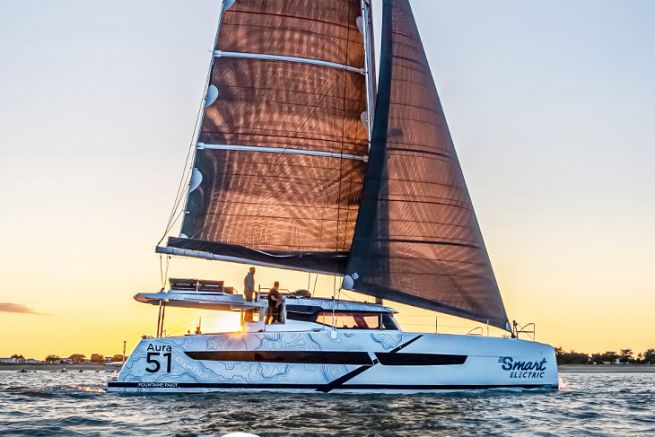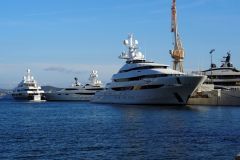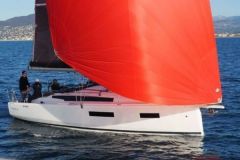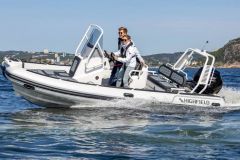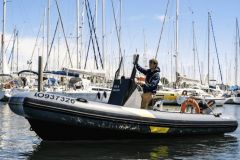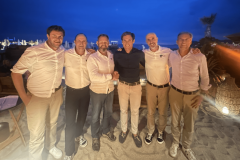A timetable towards the all-electric boat
After congratulating itself in a few words on the "frenetic" economic situation in the yachting industry in 2022 in view of the number of boats to be delivered, the Fountaine-Pajot group took advantage of its press conference held on the eve of the opening of the Cannes Yachting Festival to recall the commitments of its Odyssea 24 plan. The plan, which began with the launch of the electric Aura 51 in 2022, should lead the La Rochelle-based boatbuilder to the end of the combustion engine by 2030. In 2023, the Samana 59 will offer a hydrogen fuel cell system for electrical power at anchor. From 2024, the models will be equipped with electric motors as standard.
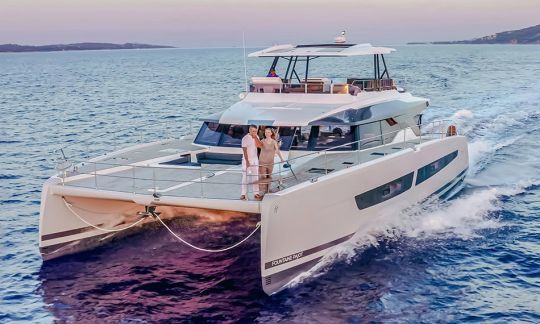
Accelerating on the motor catamaran
Alongside this stated commitment, the shipyard is far from giving up its motoryacht range. Launched in the 1990s as Trawler Cat, it was renamed Fountaine-Pajot Motoryachts in 2017. From 300 units launched in the first 27 years, the group has grown to 250 powercats between 2017 and 2022, and from 3 Meuros to 30 Meuros. Romain Motteau, deputy CEO, sets new and even more ambitious goals:" We want to have a range of at least 4 models and bring out 100 boats a year. Today we are doing 50." This is one of the reasons for the industrial partnership with Couach.
1st multihull of 80 feet
The other novelty is not the reduction of the sail area either. Fountaine-Pajot will unveil its largest sailing catamaran in 2023. It will be an 80-foot sailing boat, in development since 2020 with the Racoupeau firm. A new step taken by Romain Motteau: "We feel we have the experience for that. We will be able to offer more custom on board."
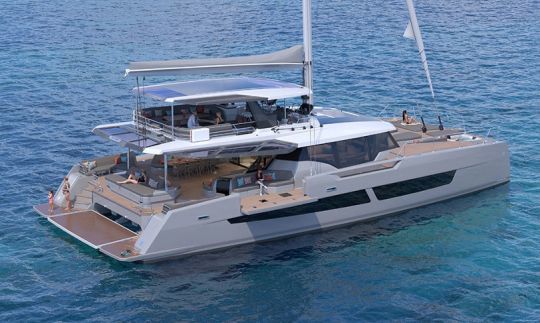
Among the interesting innovations, we note the presence of semi-transparent solar panels.
When asked about the accessibility to families of ever larger units, the manager insists that they remain the core of the market for boats up to 59 feet. "For the bigger boats, it's often couples who invest and do a bit of chartering. In the USA in particular, we see a lot of new clients in their 30s and 40s, still without children, who we'll have to know how to keep."

